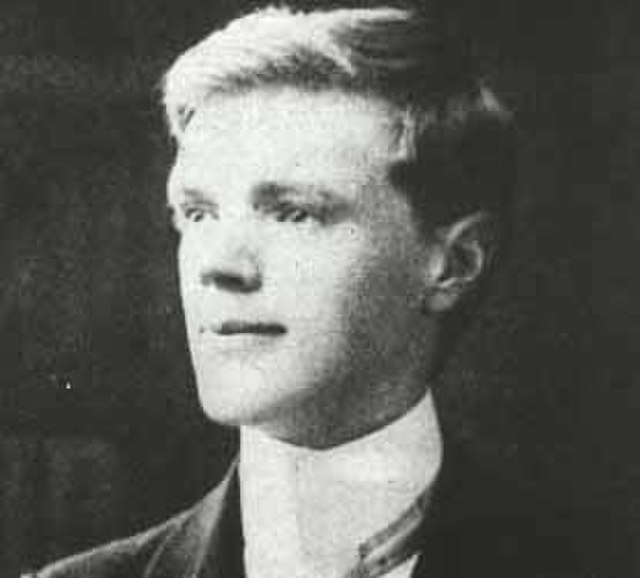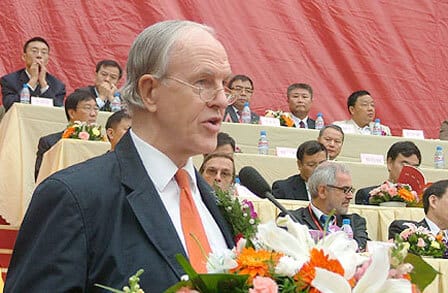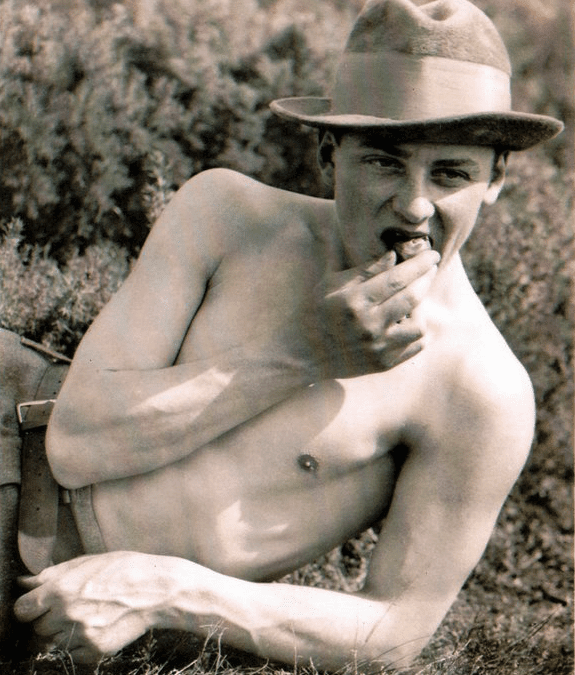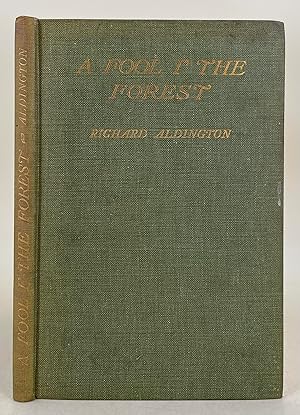‘A life of illness and resilience: Reflections on Lawrence’s letters in a time of pandemic’
Saturday September 12th 2020
Lecture by Judith Ruderman, Visiting Scholar in English and retired Vice-Provost, Duke University, USA
NB The audio recording of the lecture may be found here.
For an account of the 22nd May 2020 meeting of the Lawrence London Group (a part of the D.H. Lawrence Society) on the subject of ‘Lawrence, Illness, and what he would have made of the Coronavirus’, see here.
This review was published in the Newsletter of the D. H. Lawrence Society, Autumn 2020, pp. 52-54.
This year, 2020, the D.H. Lawrence Festival was as fast-paced, well-travelled and short-lived as Lawrence himself. Usually two weeks long, this year the Festival was constrained to a single day by an illness – COVID-19 – which, like Tuberculosis in Lawrence’s time, is now frightening and largely uncontrolled. Moreover the Festival, which usually brings bodies together, this year had the obligation to keep them apart (albeit connected by screen technology of which Lawrence would almost certainly have disapproved, and which he would almost certainly have used). Like Lawrence, the Festival moved between continents – Australasia, Europe, the Americas – and it was in the last of these, where Lawrence nearly died even more prematurely than he eventually did, that our attention turned to the subject which hangs over us all – illness.
Judith Ruderman was introduced by D.H. Lawrence Society President Andrew Harrison as the first female President of the D.H. Lawrence Society of North America, a long-standing Board member of the D.H. Lawrence Review, and author of books including D.H. Lawrence and the Devouring Mother; Race and Identity in D.H. Lawrence, and Passing Fancies in Jewish-American Literature and Culture (2019). In 2017 she was given the Harry T. Moore Award for lifetime contributions to Lawrence Studies.
She started by recalling her first visit to Eastwood in the mid-1970s. Her second visit was for the 11th International D.H. Lawrence Conference, where her talk was on ‘illness as metaphor’. On this, her third, albeit virtual, visit to Eastwood, ‘I would like to revisit illness in its literal, concrete sense – a topic appropriate to his time and ours.’ This collocation of ‘his time and ours’ underlay Judith’s entire lecture, and its effect was to make us feel vulnerable. Until early 2020 many of us may have read about the ‘Spanish flu’ of 1918-20 with a sense either that such things were in the past, or that they happened in places where we do not live. But this sense of physical vulnerability brought us closer also to Lawrence who – as Judith’s lecture made clear – found many ways of dealing with this condition.
Lawrence famously wrote that ‘one sheds one’s sickness in books – repeats and presents again one’s emotions, to be master of them’. But, Judith pointed out, one does not shed one’s physical sickness. She told us that when she was rereading the Lawrence letters to research her chapter for the forthcoming The Edinburgh Companion to D.H. Lawrence and the Arts (edited Susan Reid and Catherine Brown) https://edinburghuniversitypress.com/book-the-edinburgh-companion-to-d-h-lawrence-and-the-arts.html she could not help but notice that references by Lawrence to illness were everywhere – despite the fact that her topic (Clothing and Jewellery) had nothing to do with it.
Indeed, so many and manifold are the references to illness that her lecture had space only to mention a fraction of them, and indeed only a fraction of the sub-topics into which this topic falls. In the question and answer session Jonathan Long observed that The Cambridge Edition of the Letters of D.H. Lawrence has indeed given us a very different view of the man, including that ‘illness is passim from an early date’. Revisiting these mentions in a more systematic way when researching for this lecture, Judith found the experience moving and at times inspirational.
She observed that the manner in which Lawrence would describe his own illnesses was often finely attuned to his recipient. For example, he would downplay his indispositions to his sisters because he didn’t want to worry them, whereas to Maria Huxley – who would try to get him to see doctors – he would insist he was cured altogether. One illness – tuberculosis – he mentioned only three times; in 1911 he remarked that he would have to give up his teaching job ‘or I will be consumptive’. The other two mentions, of which the last is in 1930, also minimised its power. David Ellis suggested that you can see TB coming from afar, which both creates a sense of time pressure, and permits time for the expression of creativity (see the article ‘Interweaving the culture and science of tuberculosis’, March 2014, https://www.thelancet.com/journals/lancet/article/PIIS0140-6736(14)60392-5/fulltext)
It was also observed in the discussion session that, as for COVID-19, TB affects the working classes, and those living in poor conditions, worse than others.
If TB is hardly mentioned in the letters there are, however, frequent references to ‘flu’. Fluey in October 1918 Lawrence observed that he had grown a beard ‘for the good of my throat’. He also attributed his bronchial problems to his age and being English: ‘They say an Englishman of forty is almost always bronchial’; and engaged in a panoply of remedies such as inhalations, ointments, and unguents (he could have been a good pharmacist, commented Andrew Harrison). Lawrence also made constant references to the weather, and often attributed his sickness to it. The sun, Nick Ceramella observed, could cut both ways; the Mexican sun could be evilly hot whereas that of Italy was more generally beneficial. David Ellis commented that Lawrence’s doctors in fact sent him in two directions – to the South for the warmth and to the mountains for air. Vence, where Lawrence died, was a rare location that combined the two.
And yet, despite all his illness, he rejoiced in his health such as it was, and retained an astonishing physical vigour and endurance. In 1923, according to Frieda, he chopped ice for hours despite having a cold. In 1927 he was cutting wood. In the many of the places that he stayed he was at times confined to bed, but from there he poured out letters that were a crucial means of human contact (as Zoom is for us now).
He developed a range of what we would now call ‘coping skills’ – sometimes insouciance; sometimes pugilism; sometimes humour; sometimes the reassignment of language (giving a positive sense to the concept ‘seedy’, as when he claimed that he felt like ‘a seed that is shoving at its integument’). He actually took the advice that he gave to Bertrand Russell in January 1915: ‘you must dare to be positive, not only critical’. And so he encourages us to do the same. Michael Bell argued that Lawrence was not in denial of the disease that was consuming him; he was simply usually (some of his poems are notable exceptions) orientated towards life not its end. Such an orientation can, Jonathan Long suggested, itself prolong life. Jim Phelps thought that many of Lawrence’s letters – from which Judith selected so beautifully –were ventures into a new kind of consciousness where he found ways of overthrowing negativity, and coming to his own positivity.
Thanks on all our behalves – scattered over the face of the earth as we were – to the D.H. Lawrence Society Committee for organizing this lecture and the Festival of which it was part, and to Judith Ruderman for bringing our collective attention to this positivity.




